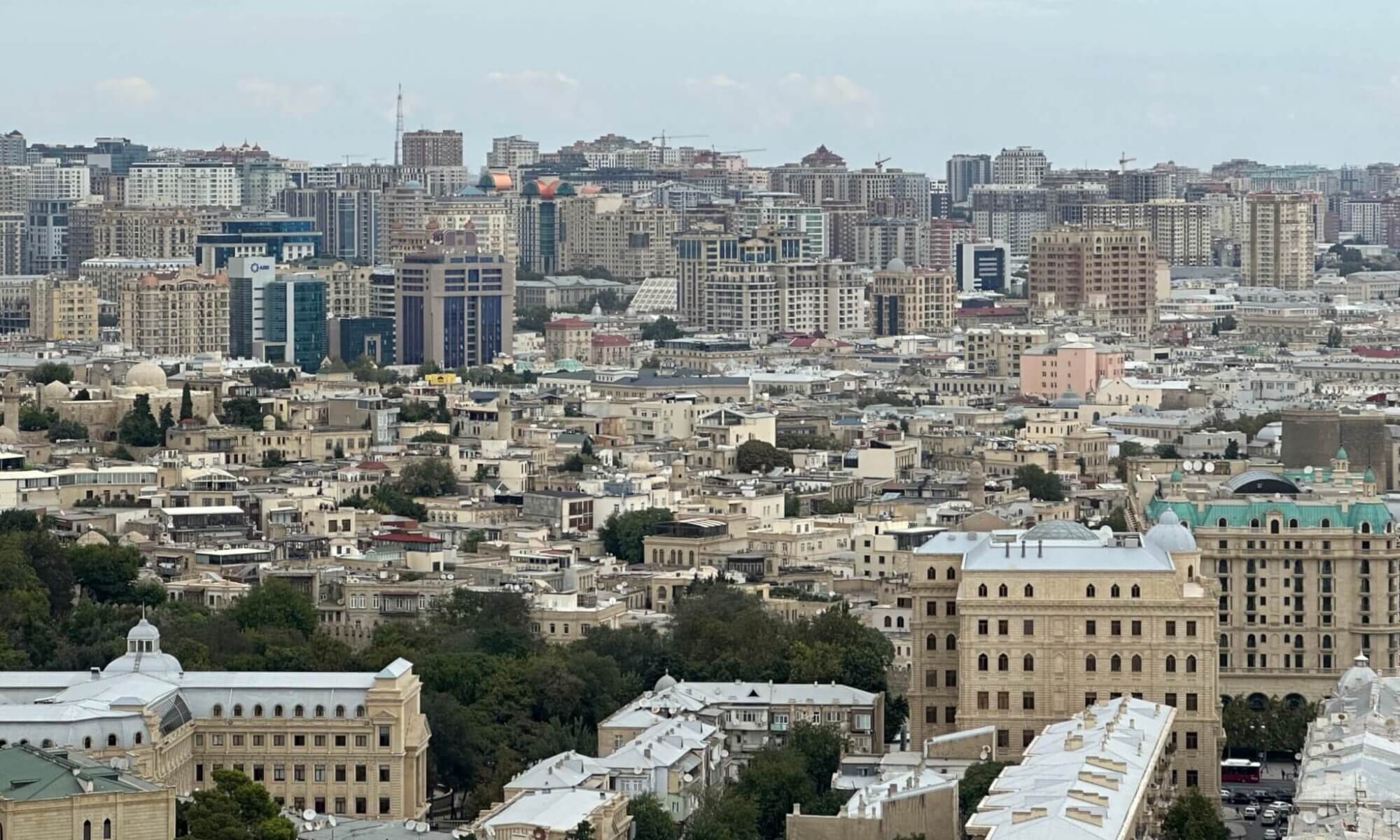The Nile river, often described as the lifeblood of Egypt, has shaped the geography and civilisation of North Africa for thousands of years. Flowing northwards for over 6,600 kilometres through eleven countries, it ultimately reaches the Mediterranean Sea, creating one of the world’s most fertile river deltas. Within Egypt, the river courses through an arid desert landscape, transforming it into a narrow corridor of greenery bordered by vast expanses of sand. This dramatic contrast between desert and life-giving water has determined where people have settled, how they have farmed, and even how their culture has developed.
The river’s annual flooding, now regulated by the Aswan High Dam, was once the key to Egyptian agriculture. The floodwaters deposited nutrient-rich silt along the banks, enabling the growth of grains and vegetables in an otherwise inhospitable environment. Today, modern irrigation systems continue to rely on the Nile’s waters, sustaining Egypt’s population and supporting major crops such as cotton, rice, and wheat. Without this constant supply of water, much of the country would remain uninhabitable, as rainfall in most regions is exceptionally scarce.
Beyond agriculture, the Nile plays a central role in Egypt’s transportation and economy. The river connects major cities such as أسوان, الأقصر, and القاهرة, fostering trade and communication across vast distances. Passenger cruises and cargo ships navigate its calm waters, making it both a practical route and a source of tourism. The presence of the river has created a natural north-south axis, with settlements, temples, and monuments aligned along its fertile valley, testifying to the deep bond between the Egyptian people and the river that sustains them.
Culturally, the Nile is woven into Egyptian identity, mythology, and daily life. Ancient Egyptians revered it as a divine force, attributing its annual floods to the will of the gods, while modern Egyptians continue to view it as a national treasure that demands careful protection. In a time of growing population and environmental challenges, the management of the Nile’s waters has become crucial not only for Egypt but also for neighbouring nations that share its flow. The river remains, as it has for millennia, the enduring heart of Egyptian civilisation.
Nile
Egypt
Loading map...


